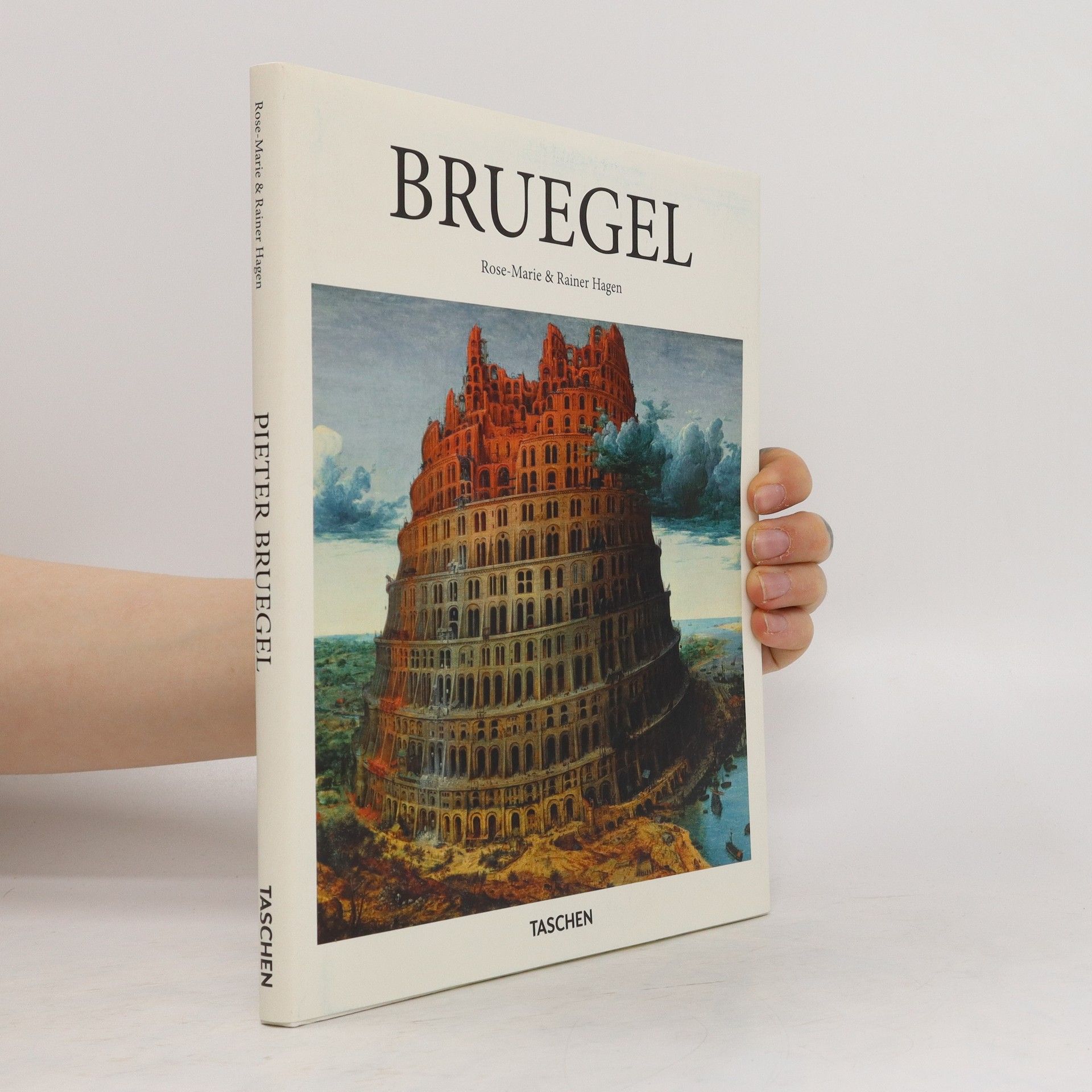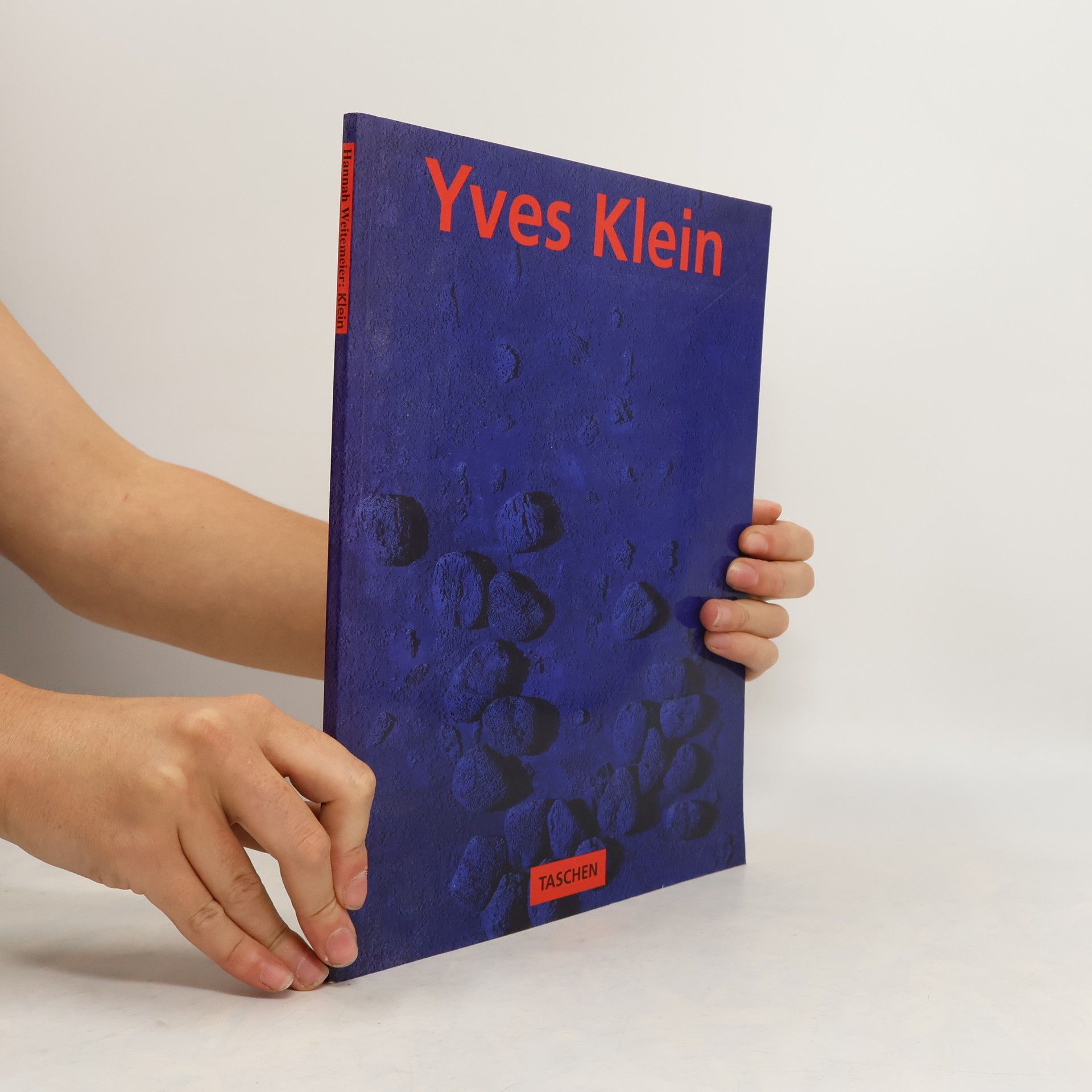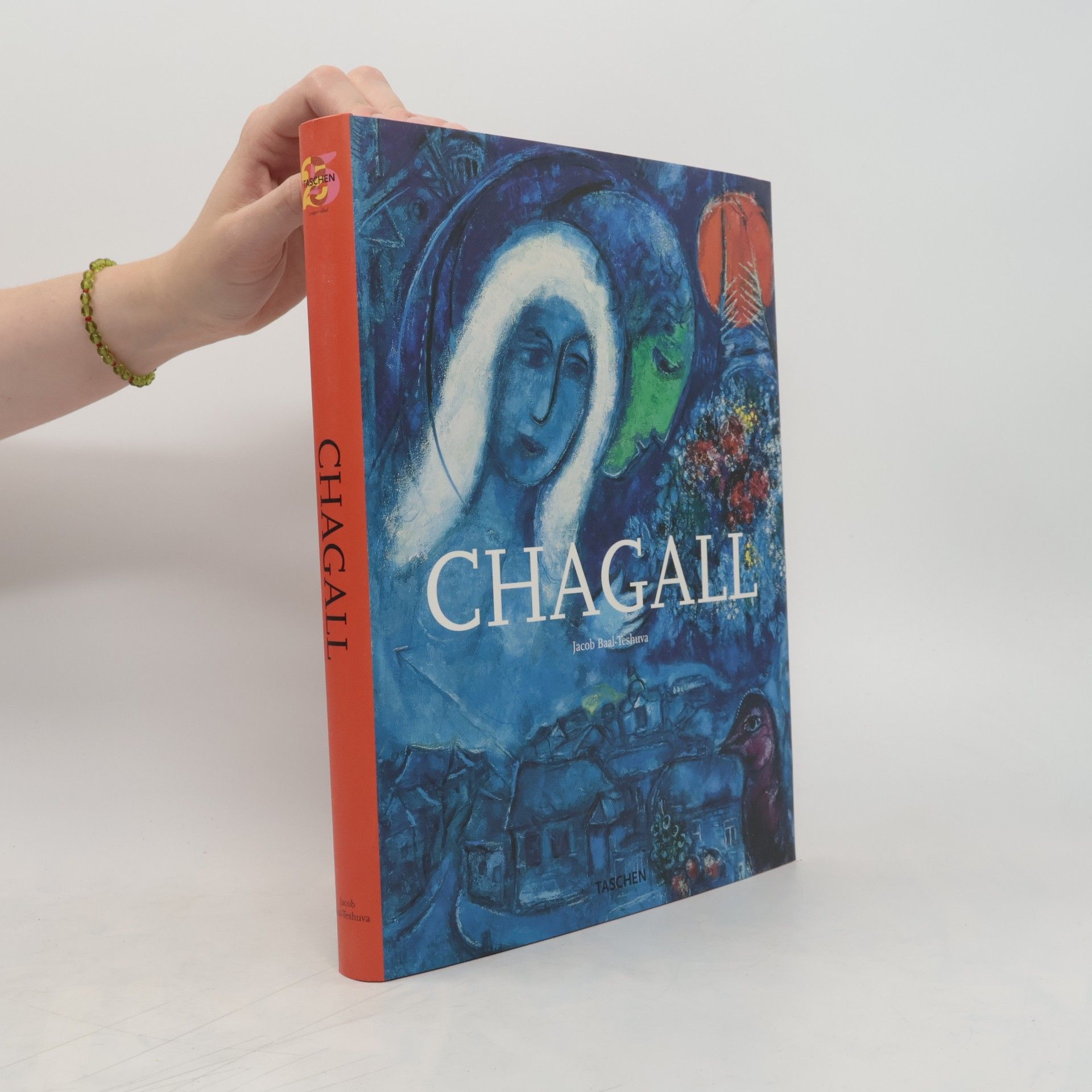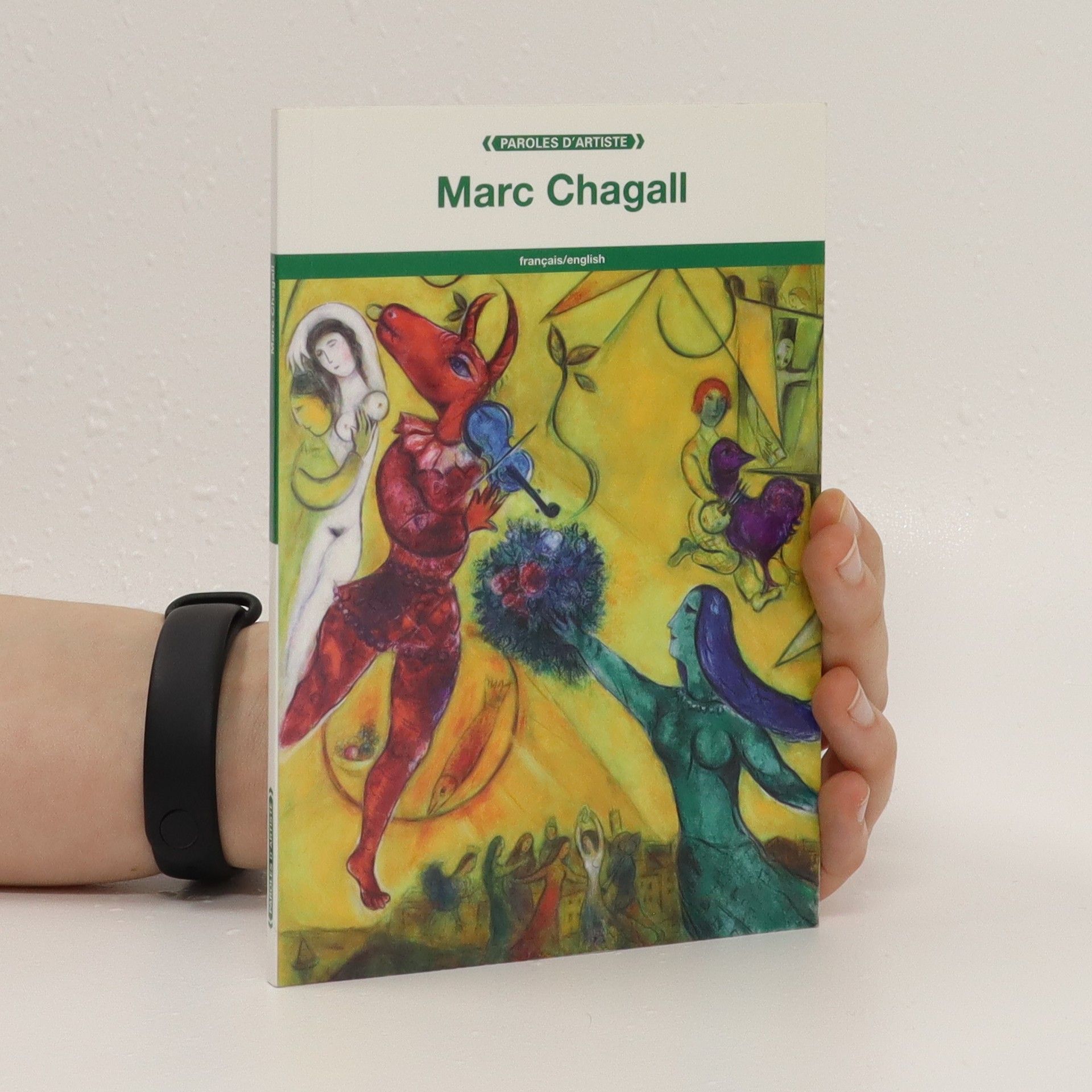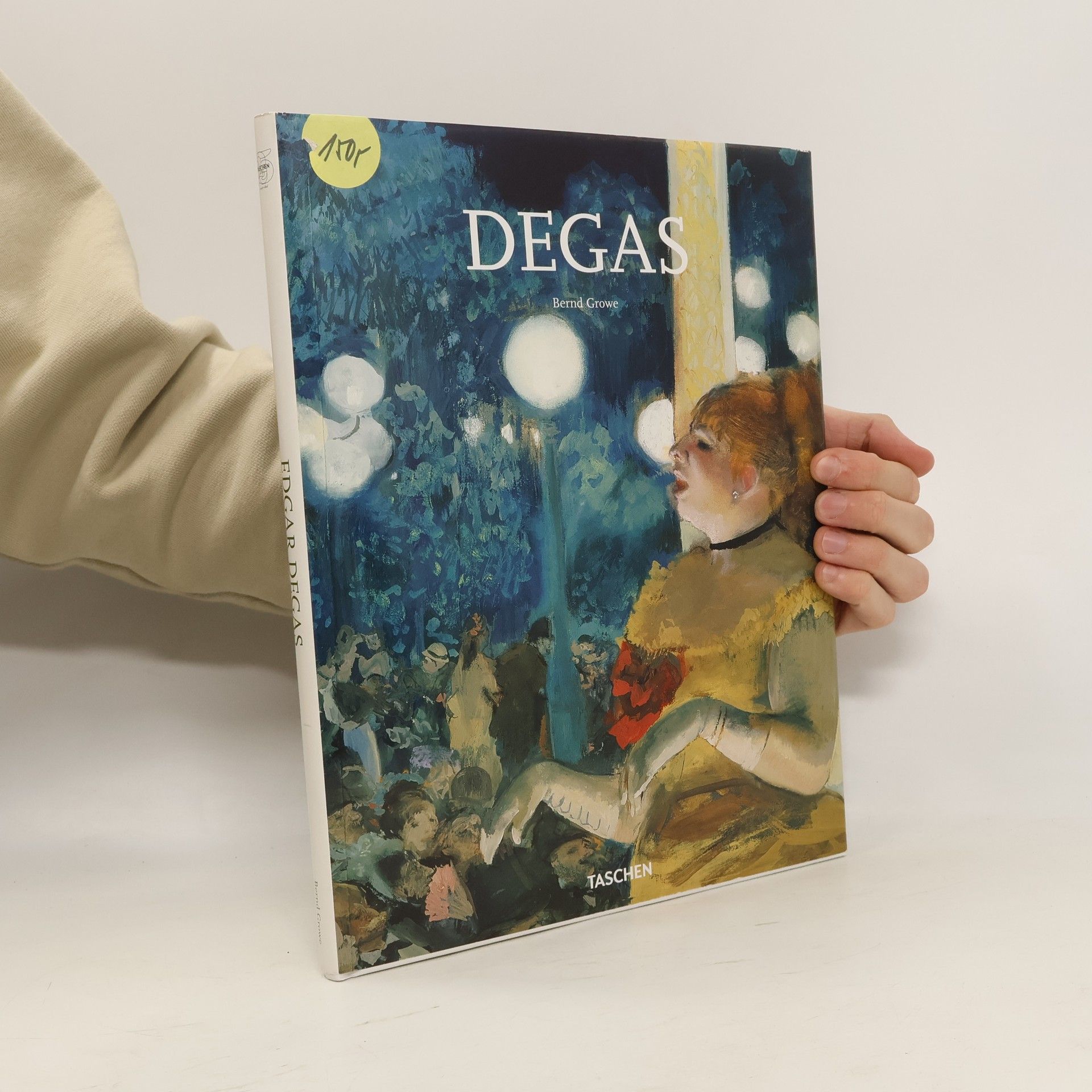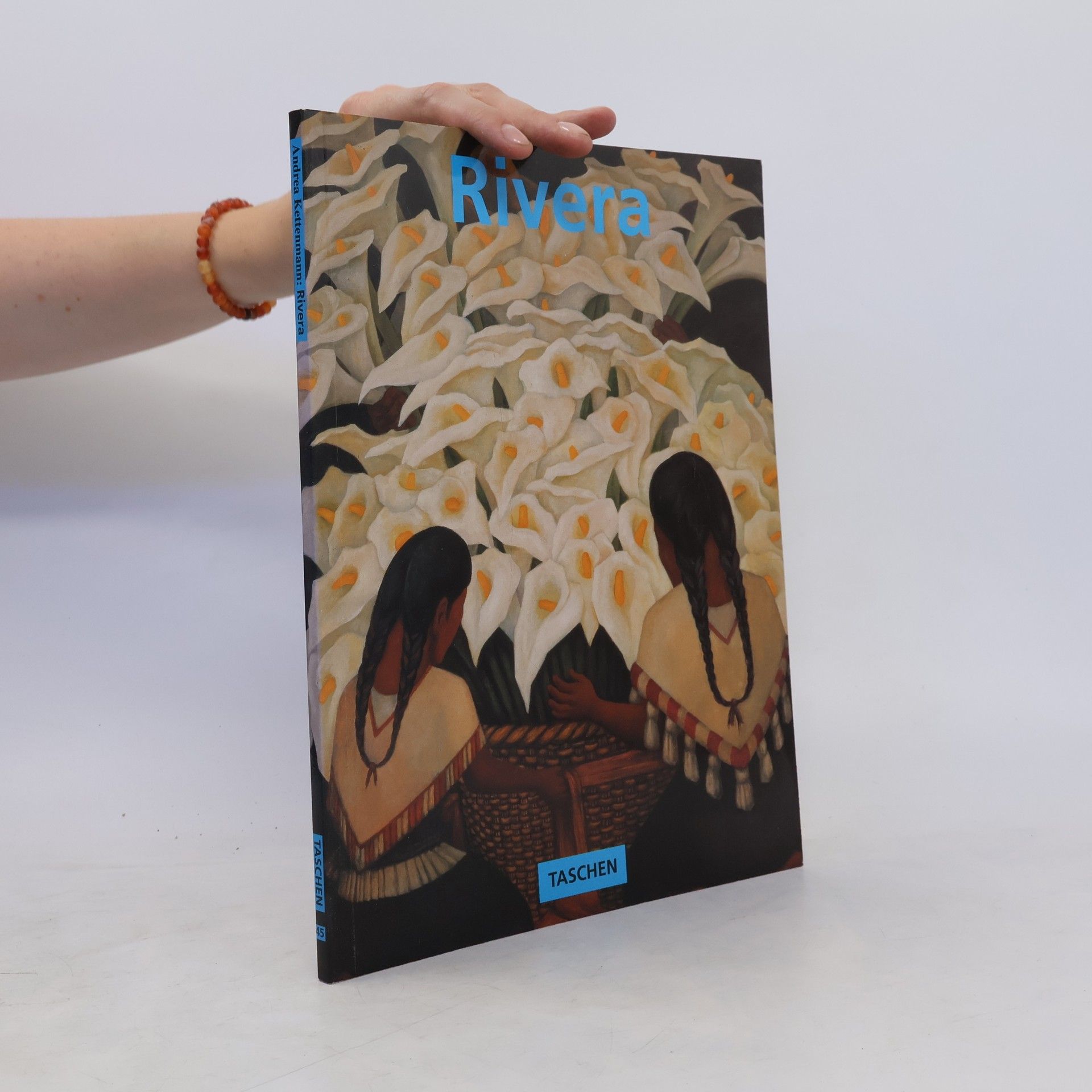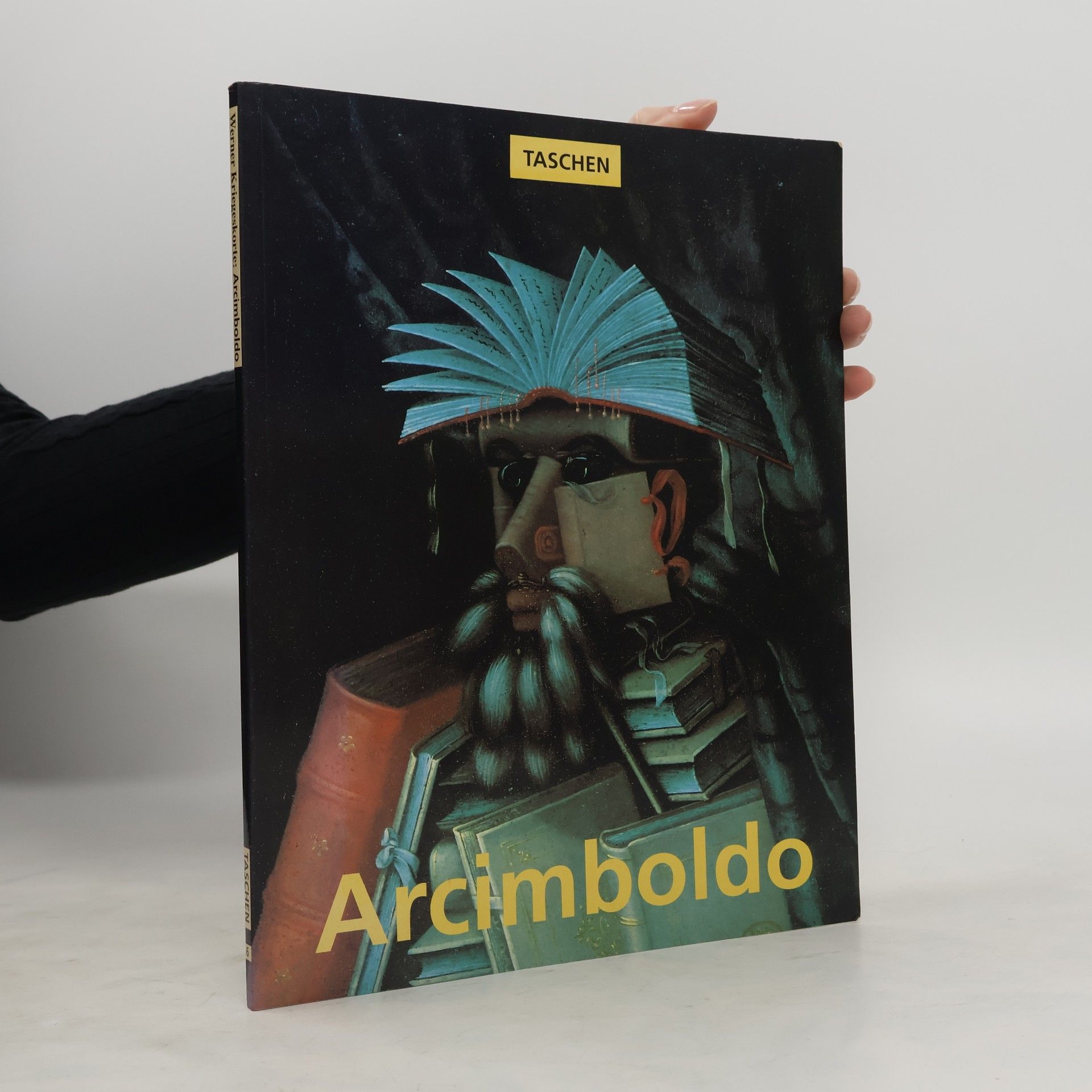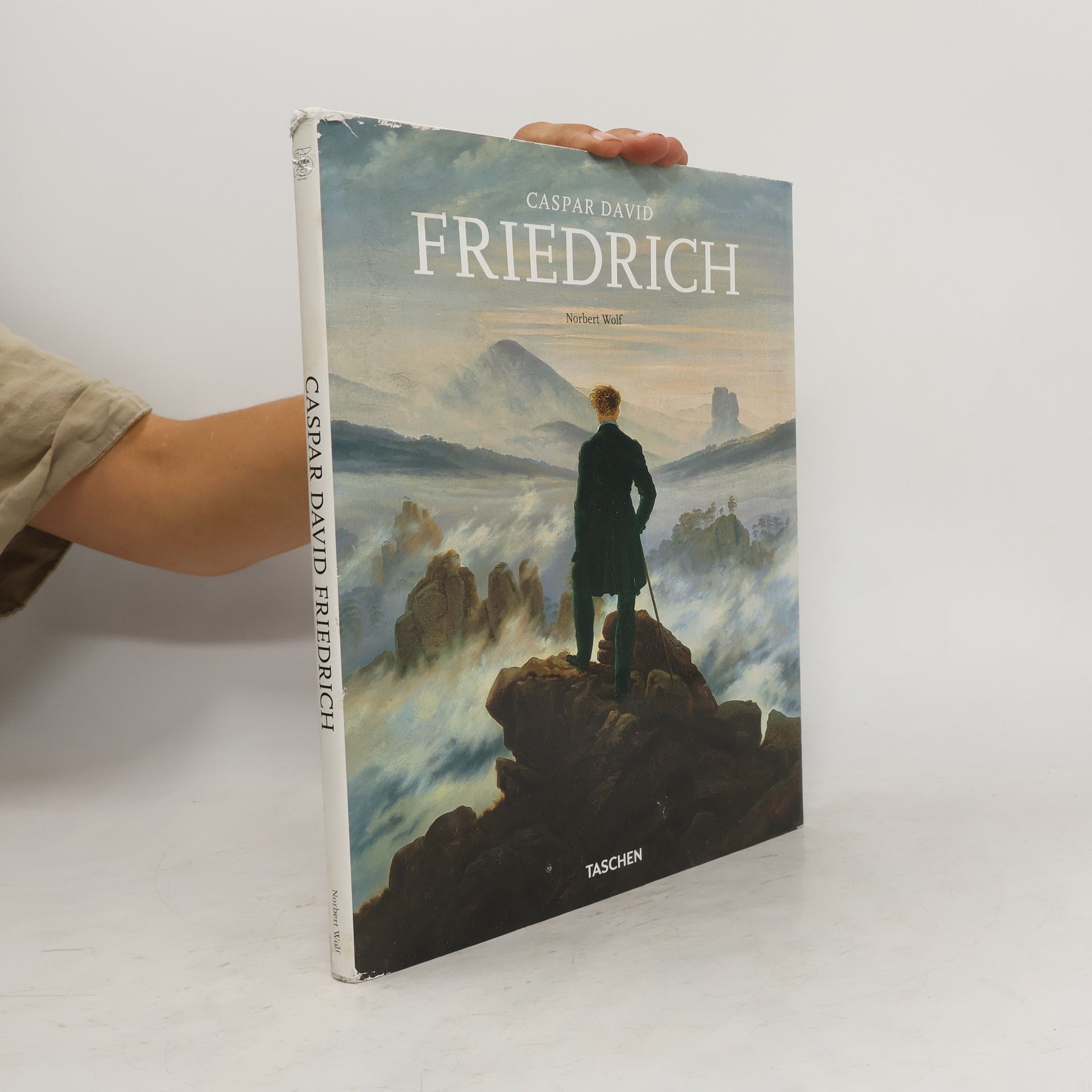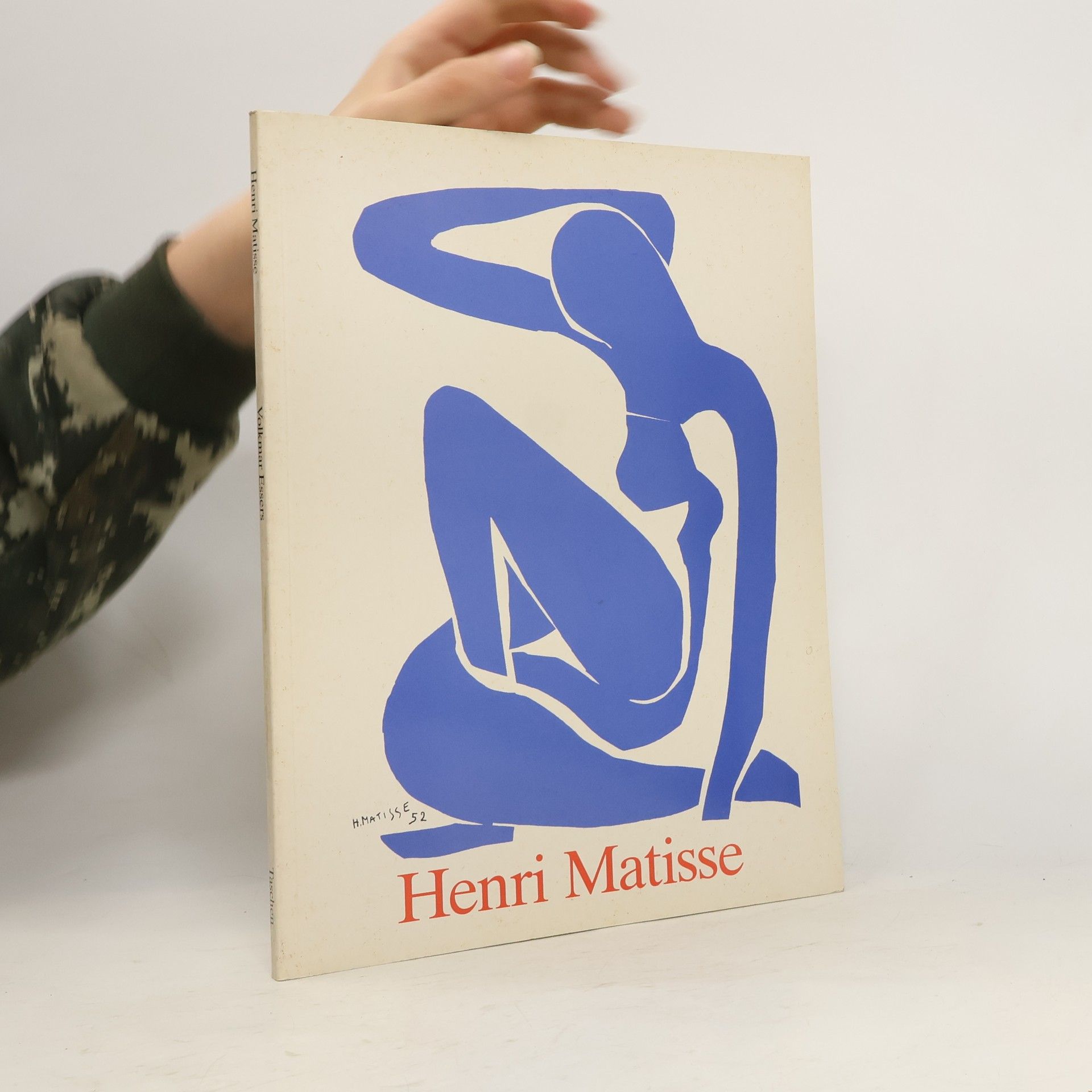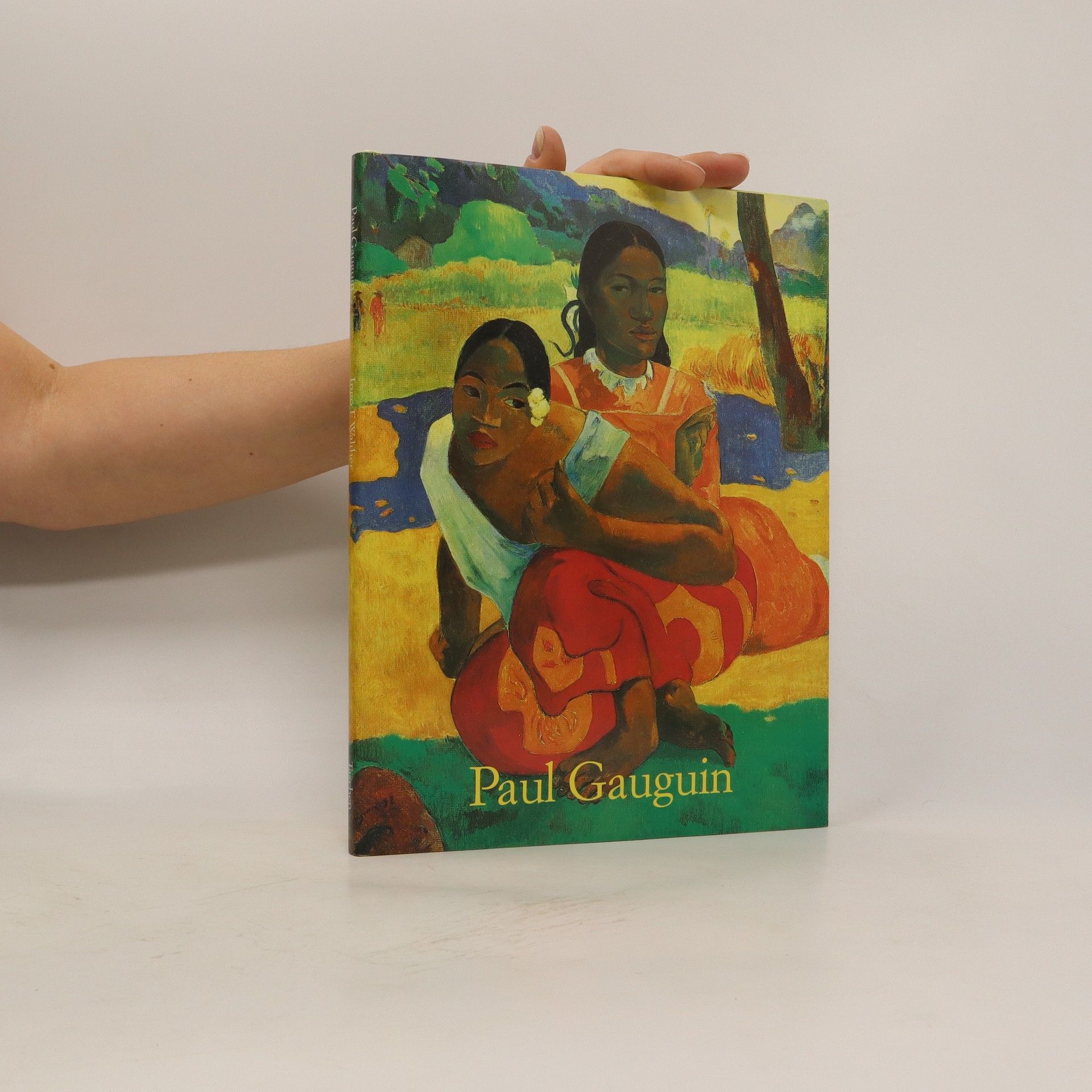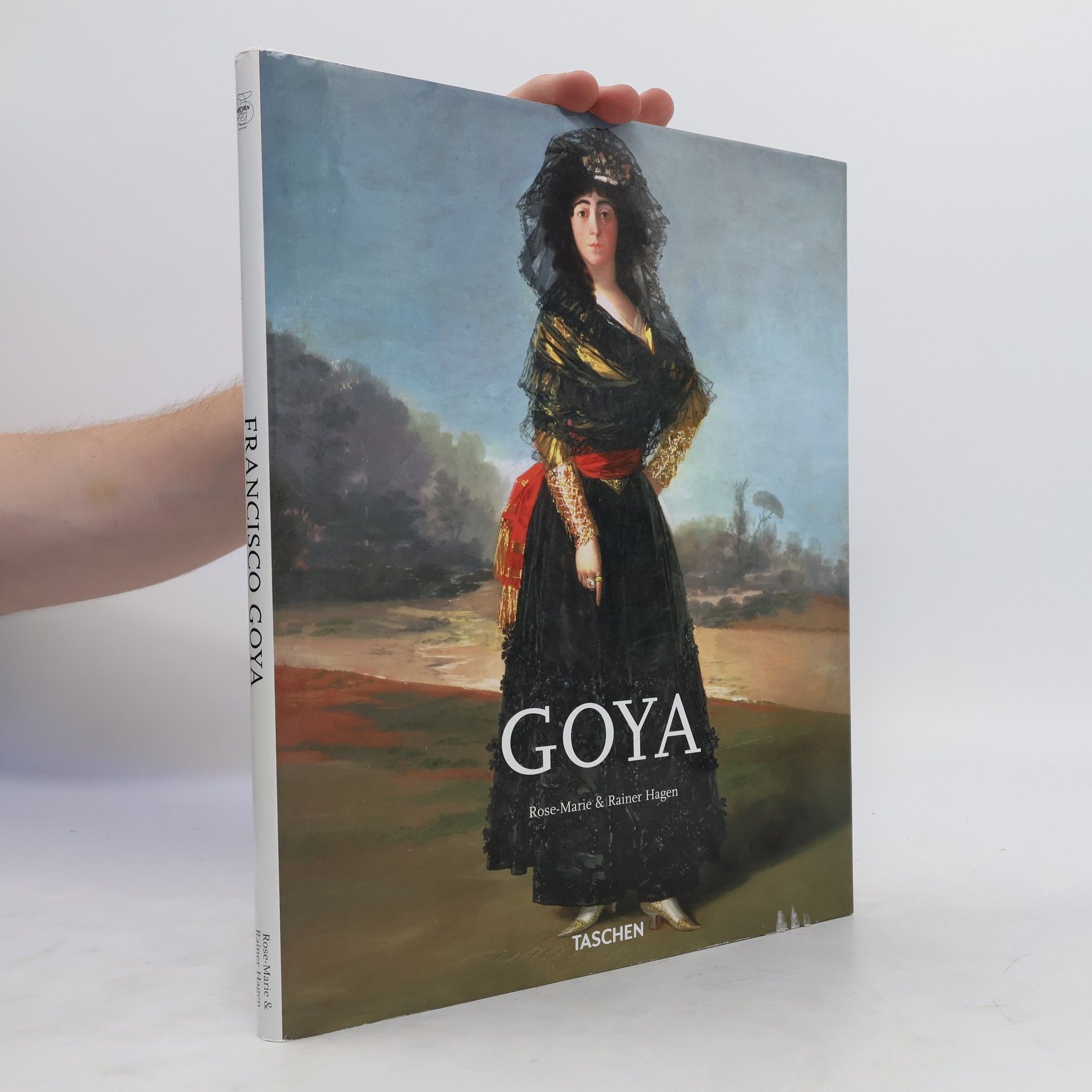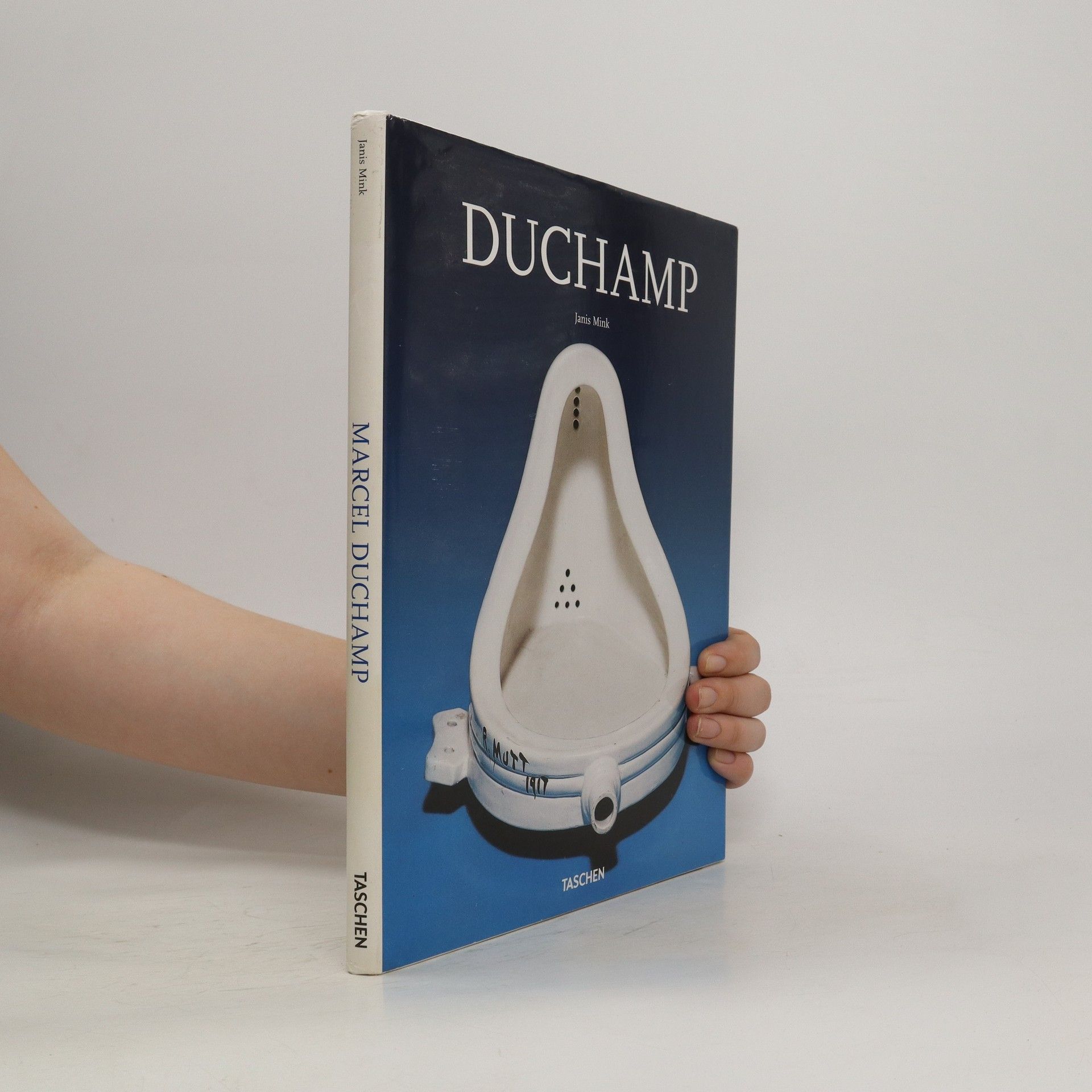Chefs-d'œuvre de l'artSéries
Cette série guide les lecteurs à travers le monde de l'art, en se concentrant sur des artistes clés et leurs œuvres. Chaque volume présente un aperçu détaillé de la vie et du travail d'un artiste, replacé dans son contexte culturel et historique plus large. Avec environ 100 illustrations couleur accompagnées de légendes explicatives, ainsi qu'une biographie concise, cette collection offre un accès facilité aux héritages artistiques.


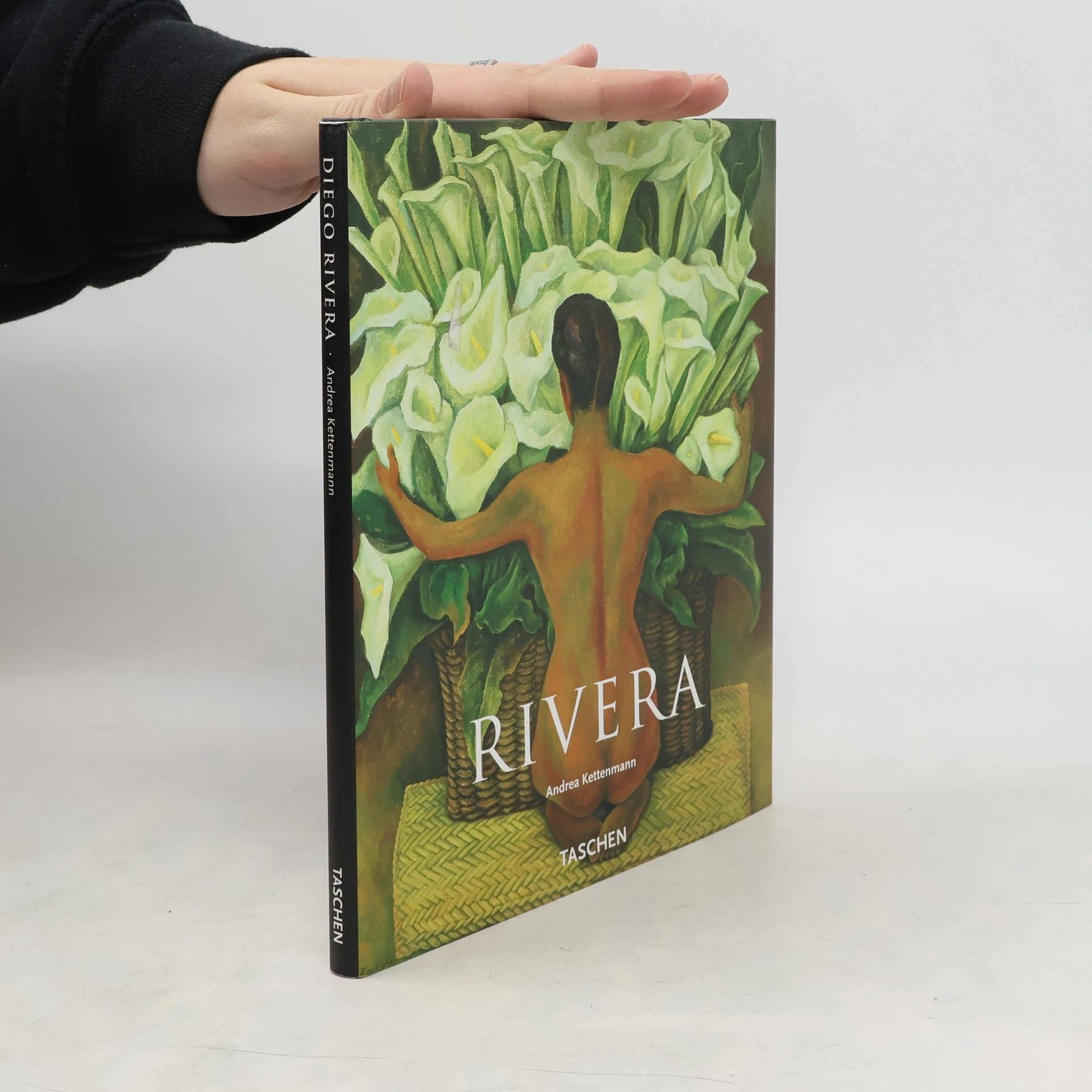
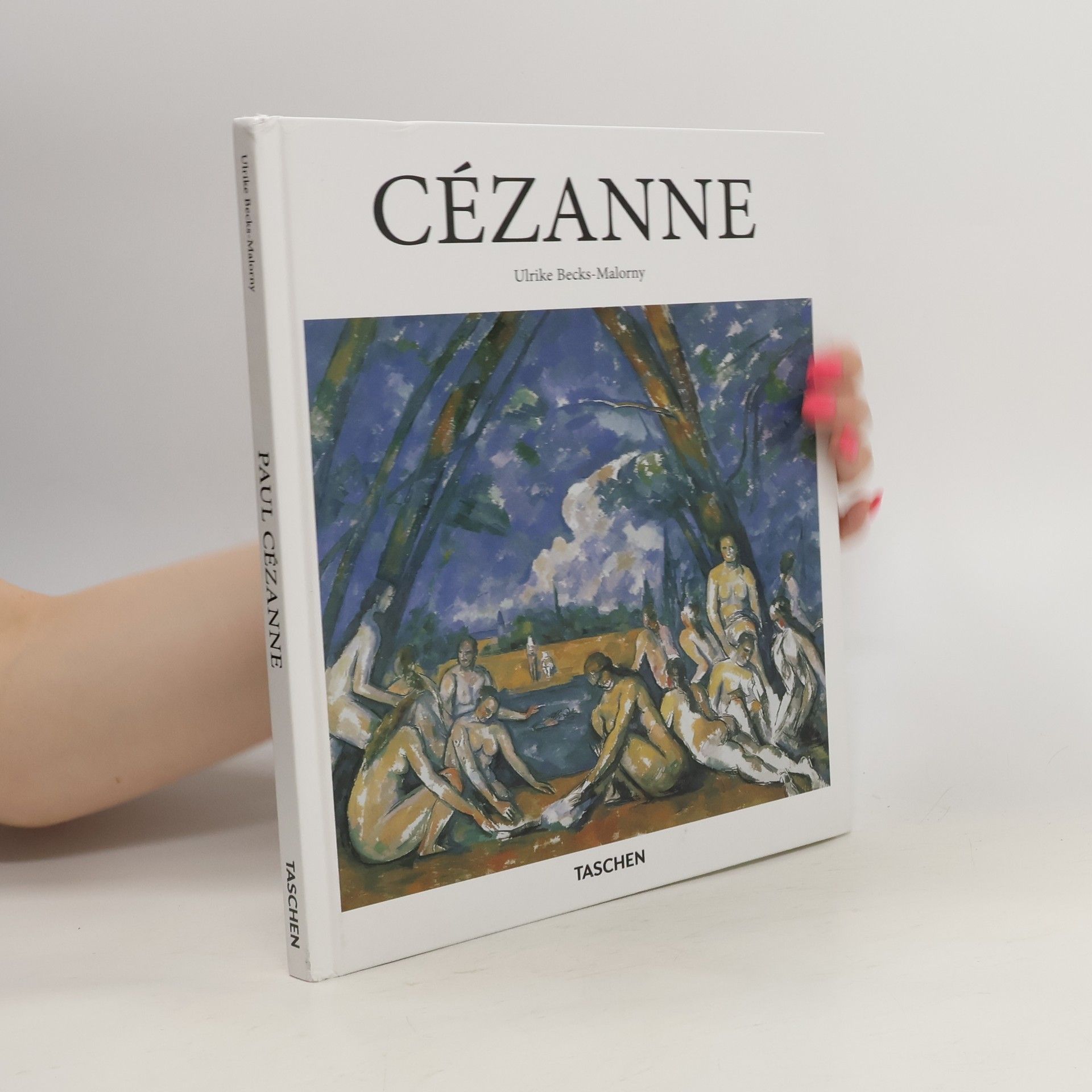
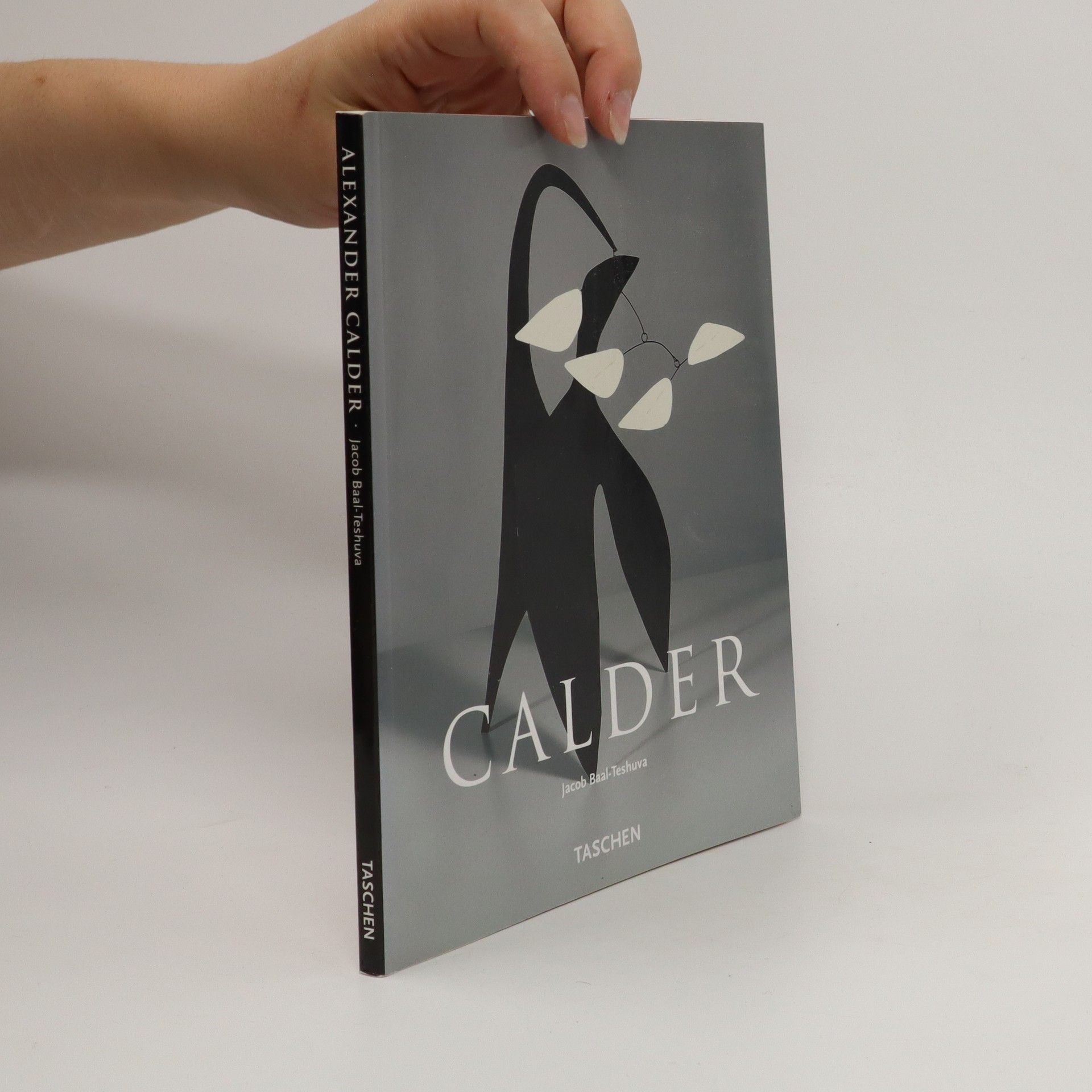

Ordre de lecture recommandé
Alexander Calder. 1898-1976
- 95pages
- 4 heures de lecture
When the final tally of key movers in the plastic arts of this century is compiled, there is no doubt that maestro of movement Alexander Calder (1898-1976), the man who put the swing into sculpture, will be near numero uno. Calder took it off the plinth, gave it to the wind, and left us kinetic playgrounds of the spirit. He operated at the point where Modernity and nature Fused, developing an environmental art that changed the medium Forever. Visiting his Paris atelier in 1932, Duchamp coined the term "Mobiles" For Calder's delicate wire and disc pieces, constructions that would soon become immensely popular. But he didn't rest on his innovations. Friends with Miro, Mondrian and Leger, Calder also turned his hand to painting, drawing, gouaches, toys, textiles and utensil design. A graphic master who sketched as much in air as in ink, the Sixties and Seventies saw Calder take on the monumental, translating the dynamics of cities into both his Mobiles and "Stabiles". At a time when sculpture was perceived to be the antithesis of movement, Calder unmade gravity and freed the elements in a body of work that is still sending a wind of change through the art world today.
Cézanne
- 96pages
- 4 heures de lecture
in4. Broché. 96 pages. Avec la révolution mexicaine (1920) s'ouvre un vaste mouvement de renouveau culturel qui se donne pour tâche d'assimiler socialement les populations défavorisées. Le plus célèbre de tous ces artistes est sans conteste Diego Rivera (1886-1857). En 1921 il vient juste de revenir d'un voyage en Europe où il s'est essayé au cubisme. Il s'attaque alors à la réalisation de peintures monumentales seule solution pour diffuser un message révolutionnaire qui puisse être compris d'une population analphabète. Le muralisme naît. Les commandes officielles se succèdent. En 1929 il épouse Frida Kahlo. Ils ne savent pas encore qu'ils ne vont pas tarder à constituer l'un des couples les plus sulfureux de ce siècle. Son nom franchit les frontières. 1931 il travaille par intermittence aux États-Unis. Ses compositions basées sur un engagement social radical alternent un dessin simple et fluide avec de violentes couleurs. L'ouvrage que viennent de lui consacrer les éditions Taschen retrace avec une parfaite minutie la vie de cet homme complexe. Parfaitement documenté ce petit livre vaut également pour son iconographie assez complète. --Damien Sausset
Česká verze. Začínal ve skupině impresionistů, ale jeho neposedná duše ho poháněla k jiným zkušenostem a pohledům. Nevydržel déle najednom místě a vyhledával nové bohem zapomenuté krajiny pro svou inspiraci. Proto je jeho styl nezaměnitelný, nedotknutý salonním stylem.
Yves Klein
- 96pages
- 4 heures de lecture
Dans les années 1950, Yves Klein a révolutionné le monde de l'art avec son style unique et son charisme. Il a créé plus de 1000 œuvres, notamment de grandes toiles monochromes dans un bleu breveté, l'International Klein Bleu. Klein a également innové avec des techniques audacieuses, utilisant des "pinceaux vivants" pour ses performances artistiques.
Pieter Bruegel the elder
- 96pages
- 4 heures de lecture
With an acute sense of observation and subjects ranging from the biblical tower of Babel to the small-town festivals of peasant life, the master draftsman Pieter Bruegel the Elder provides a unique witness to both the religious mores and the close-knit folk culture of his time.
"Mais mon art, pensais-je est peut-être un art insensé, un mercure flamboyant, une âme bleue jaillissant sur mes toiles."
Degas's mastery in the depiction of movement ""No art could be less spontaneous than mine. Inspiration, spontaneity, temperament are unknown to me. One has to do the same subject ten times, even a hundred times over. In art, nothing should look like chance, not even movement.""—Edgar Degas In terms of both theme and technique, the key to understanding the early work of Edgar Degas (1834–1917) is classical painting. Although he was eventually associated with the Impressionists and even participated in their joint exhibitions, Degas never adopted a purely Impressionist approach. Degas's work, reflecting an extremely personal and psychological perspective, emphasizes the scenic or concentrates on the detail. Thus, Degas's painting is often discussed with reference to the rise of short-exposure photography. Thematically, nature proved less interesting to the artist than the life and inhabitants of the modern metropolis. Degas primarily sought his motifs at the race track or circus, in bedrooms, or in ballet salons—and dancers always remained his favorite theme. About the Series: Every book in TASCHEN's Basic Art Series features: a detailed chronological summary of the artist's life and work, covering the cultural and historical importance of the artist approximately 100 color illustrations with explanatory captions a concise biography
Diego Rivera, 1886-1957
A Revolutionary Spirit in Modern Art
This volume presents an illustrated survey of Rivera's work. It shows how the artist was viewed by contemporaries like Picasso and Dali as a troublemaker, complete with revolver and bandolier. Rivera is seen as having brought to art a distinctive understanding of its public role and history.
Caspar David Friedrich. 1774-1840. The painter of stillness
- 96pages
- 4 heures de lecture
The solitude of man and the bleak beauty of nature are prominent themes in the work of Caspar David Friedrich (1774-1840), the great romantic painter whose importance and influence have often been underestimated. This book features a detailed chronological summary of the artist's life and work.
Henri Matisse 1869-1954
- 96pages
- 4 heures de lecture
Un portrait de Paul Cézanne à travers son oeuvre et ses rencontres.
Pourquoi l'art doit-il être statique ? La prochaine étape, c'est la sculpture en mouvement. En quelques mots ALEXANDER CALDER 1898-1976 bouleverse les règles des arts plastiques, inventant le mobile suspendu au plafond, qui s'anime au moindre courant d'air. Quant à ses " stabiles ", monumentaux érigés dans le monde entier sur les places publiques de nombreuses villes, ils sont presque aussi connus. Cet ouvrage présente en outre des sculptures en fil de fer, des tableaux, des gouaches, des tapisseries et des bijoux, et même des voitures et des avions peints.
Caspar David Friedrich
- 96pages
- 4 heures de lecture
From night skies to morning mists to the much-cited Wanderer above a Sea of Fog, Caspar David Friedrich mastered the emotional and metaphysical experience of nature. This introductory book presents his most important and celebrated works to explore an oeuvre of sublime and haunting impact and a trailblazer of Romantic aesthetics.
Ensor
- 96pages
- 4 heures de lecture
It has been said that James Ensor appropriated the subject matter of a Bosch or Bruegel and revisioned them using the techniques of Manet or Rubens. This work shows that Ensor was a genuine maverick with his own merit.
Freud
- 96pages
- 4 heures de lecture
Witness unapologetic portraits and precision worthy of a laboratory in this exploration into the oeuvre of renowned figurative painter Lucian Freud. A master of the human form who applied the same frank style and psychological rigor to sitters as varied as the Queen, Kate Moss, and an obese and naked job center supervisor. Direct and disarming, Freud's portraiture penetrates beneath flaws and folds of the flesh to reveal what lies within.
Initialement sculpteur, l'artiste italien L. Fontana brisa la frontière entre peinture et sculpture par des créations qui combinaient la forme spatiale et la couleur, incarnées dans ses toiles réduites dans les années 1950 et 1960. Son travail est d'approche conceptuelle et ses idées plus importantes que le travail en lui-même. Présente toute la carrière du pionnier italien de l'abstractionnisme.
Paul Gauguin
- 95pages
- 4 heures de lecture
Traces the career of the post-Impressionist whose principles of color & composition strongly influenced modern paintin~~g, from his earliest works to his signature South Seas paintings of island life. Chronology. 9" x 11 3/4". Full-color plates & b&w illus.
Goya
- 96pages
- 4 heures de lecture
From his royal court portraits to horrific scenes of conflict, Francisco Jose de Goya y Lucientes remains one of Spain's most revered and startling artists. With key works from throughout his career, this vivid introduction explores Goya's mastery of form and light and varied, daring subjects.
Marcel Duchamp (1887-1968) n'a peut-être pas inventé la roue, mais il a découvert le ready-made. Un porte-bouteilles n'est sans doute qu'un porte-bouteilles mais, signé Duchamp, c'est surtout l'une des oeuvres d'art les plus importantes du XXe siècle. Marcel Duchamp s'est à la fois révélé comme une énigme pour les historiens de l'art et une grande source d'inspiration pour les artistes. Cette étude s'attaque au mythe et révèle le charisme fascinant de Marcel Duchamp.ŒŒDepuis les années 1960, il est considéré par nombre d'historiens de l'art et de critiques comme l'artiste le plus important du XXe siècle. Déjà, André Breton le qualifiait d'" homme le plus intelligent du siècle ". Notamment grâce à son invention des ready-made, son travail et son attitude artistique continuent d'exercer une influence majeure sur les différents courants de l'art contemporain. Il est vu comme le précurseur et l'annonciateur de certains aspects les plus radicaux de l'évolution de l'art depuis 1945. Les protagonistes de l'art minimal, de l'art conceptuel et de l'art corporel (body art), dans leur inspiration, leur démarche artistique et idéologique, témoignent de l'influence déterminante de l'ouvre de Duchamp. Il aurait également été, d'après les nombreux essais qui lui sont consacrés, l'inspirateur d'autres courants artistiques dont le pop art, le néodadaïsme, l'op art et le cinétisme
Henri Matisse, 1869-1954 : master of colour
- 96pages
- 4 heures de lecture
Henri Matisse (1869–1954), zentrale Figur des Fauvismus, war ein Einzelgänger, der zeitlebens nach dekorativer Formvereinfachung und der perfekten Synthese von Linie und Farbe strebte. Nach seiner fauvistischen Phase experimentierte er mit Kubismus und primitiver Kunst. Seine Reisen in den Orient und nach Polynesien bereicherten seine Arbeiten, die über die flache Leinwand hinausgingen: Er gestaltete Glasfenster, Wandgemälde, Bühnenbilder, Kostüme, Buchillustrationen sowie Skulpturen aus Bronze, Keramik und Ton. Durch den flächig-dekorativen und ornamentalen Einsatz von Farbe verlieh er ihr ein eigenständiges Dasein und wurde zum Vorbild für Künstler, die neue Wege jenseits der Abbildhaftigkeit suchten. Ein Höhepunkt seiner Kunst war der Scherenschnitt, den er im Alter aufgrund von Krankheit entdeckte. Hier entstanden farbenfrohe Collagen aus mit Gouachefarben bestrichenem Papier, die rhythmische Improvisationen darstellten. 20 dieser Werke wurden 1947 unter dem Titel Jazz als Künstlerbuch veröffentlicht, ein bedeutendes Werk des 20. Jahrhunderts und eine Krönung seiner kreativen Reise. Dieser Band verfolgt seinen künstlerischen Werdegang von Neoimpressionismus und Fauvismus bis hin zur reinen Farbfeldmalerei und lädt dazu ein, sich intensiver mit einem Künstler auseinanderzusetzen, dessen Einfluss auf die Moderne enorm ist.
Edgar Degas : 1834-1917
- 96pages
- 4 heures de lecture
Edgar Degas, významný francouzský malíř (1834 - 1917), proslavený pastelem a žánrovými malbami z prostředí koňských dostihů a baletu. Kniha shrnuje život a dílo tohoto umělce, součástí knihy jsou i barevné fotografie obrazů.
Paul Cézanne (1839-1906) gilt als Gründervater der modernen Kunst. Obwohl er zu Lebzeiten wenig geschätzt wurde, erlangte sein Werk später große Bedeutung. Sein experimenteller Umgang mit Abstraktion und Perspektive ebnete den Weg für die moderne Malerei, insbesondere den Kubismus.
Francisco Jose de Goya y Lucientes (1746-1828), one of Spain's most revered and controversial painters, is known for his intense, chilling, and sometimes grotesque paintings depicting the injustice of society with brutal sincerity. This book features a detailed chronological summary of the artist's life and work.
Marcel Duchamp (1887–1968), Kunstrevolutionär, Erfinder des Readymades, obsessiver Schachspieler und Schweigeartist, stellte zu Beginn des 20. Jahrhunderts alle überkommenen Kunstformen in Frage. Seine Arbeiten, nicht zuletzt seine Readymades wie das berühmte Pissoir oder der Flaschentrockner, sind das ebenso subversive wie radikale Fazit einer kritischen Auseinandersetzung mit den Produktions- und Vermarktungsbedingungen der Kunst im Industriezeitalter. Während der junge Duchamp noch Monet bewundert, Fauvismus, Kubismus und zeitweilig auch dadaistischen und surrealistischen Positionen nahegestanden hatte, formuliert er durch seine Arbeiten schon wenig später einen neuen Kunstbegriff und rechnet mit der Zunft gründlich ab. Dass Duchamp Selbstironie und Zweifel insbesondere auch im Hinblick auf die eigenen Arbeiten konstruktiv verstanden wissen wollte, bringt eine seiner wenigen Äußerungen zum Thema bestens zum Ausdruck: „Ich zwinge mich, mir selbst zu widersprechen, um zu vermeiden, dass ich mich nur meinem eigenen Geschmack anpasse.“ Kunsthistorikern war Duchamp ein Rätsel, anderen Künstlern jedoch ein ergiebiger Quell der Inspiration. Diese Studie behandelt den Mythos Marcel Duchamp und macht das bezwingende Charisma dieses Künstlers verständlich.
Lucian Freud 1922-2011 : beholding the animal
- 96pages
- 4 heures de lecture
British artist Lucian Freud is widely considered the most important figurative painter working today. His portraits may be physically unflattering to their subjects, but they are honest, frank, and unapologetic.
